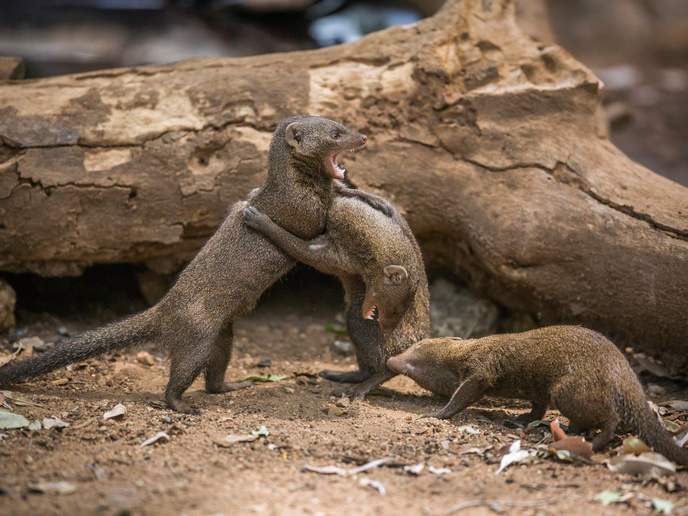Designing drones is for the birds
Birds are what originally inspired humans to take to the skies, and today, with the advent of drones and urban air mobility, we once again are turning to our feathered friends. “Birds have an unrivalled ability to land on perches, intercept moving targets and avoid collisions – all of which are important yet unmet challenges for today’s drone technologies,” says Graham Taylor, a professor of Mathematical Biology at the University of Oxford(opens in new window). Inspired by these capabilities, and with the support of the EU-funded HawkEye(opens in new window) project, Taylor set out to study how birds use vision to guide and control their flight. “Our goal was to apply these insights to the design of autonomous aircraft systems,” he adds.
Animal flight meets big data
Using an indoor motion capture lab built specifically for this study, the project recorded over 20 000 flights from a range of bird species. “This project really brought the study of animal flight into the big data era,” notes Taylor. To validate their laboratory findings in the field, researchers also developed new techniques in high-speed videography and GNSS-based data logging. These new techniques enabled the team to log the movement of birds in the field and at an accuracy of just a few centimetres. “The results of our motion capture studies and computer simulations were validated against the results collected in the field, which included everything from falcons hunting grouse in Scotland to hawks chasing bat swarms in New Mexico,” explains Taylor.
Understanding bird behaviours mathematically
According to Taylor, this combined computational and experimental framework opened the door to new insights into natural flight behaviours. For example, not only do researchers now understand how birds land on a perch, intercept moving targets and avoid collisions, they also discovered that birds can model – even predict – these challenging tasks to a high degree of accuracy. Beyond understanding how birds achieve a particular task, the project also explored why they perform the tasks the way they do. For instance, researchers concluded that birds adopt swooping trajectories when flying between perches to minimise the distance from the perch where they enter a hazardous stall. “Most importantly, we understand these behaviours mathematically, in the same way that a vehicle’s guidance system would be understood by the control engineer who designed it,” remarks Taylor. “This means that the mechanisms we identified are ready for implementation in autonomous systems.”
Some unexpected surprises
Like any scientific research, the HawkEye project, which received support from the European Research Council(opens in new window), had its fair share of the unexpected. Of course, there were the challenges of the COVID-19 pandemic, but also challenges unique to the type of fieldwork being done – most notably a venomous rattlesnake that decided to use the camera equipment as a sunning bed. But perhaps the biggest surprise was the project’s applicability beyond the development of autonomous flight. “When I started this research, the main applications I saw were in autonomous vehicles,” concludes Taylor. “What I didn’t foresee was some of the emergent applications of the research, which range from preventing birds from colliding with wind turbines to stopping them from perching on structures.” In addition to advancing his research within the field of aircraft design, Taylor has applied for funding to further explore these other areas, including the learning of flight behaviours.







